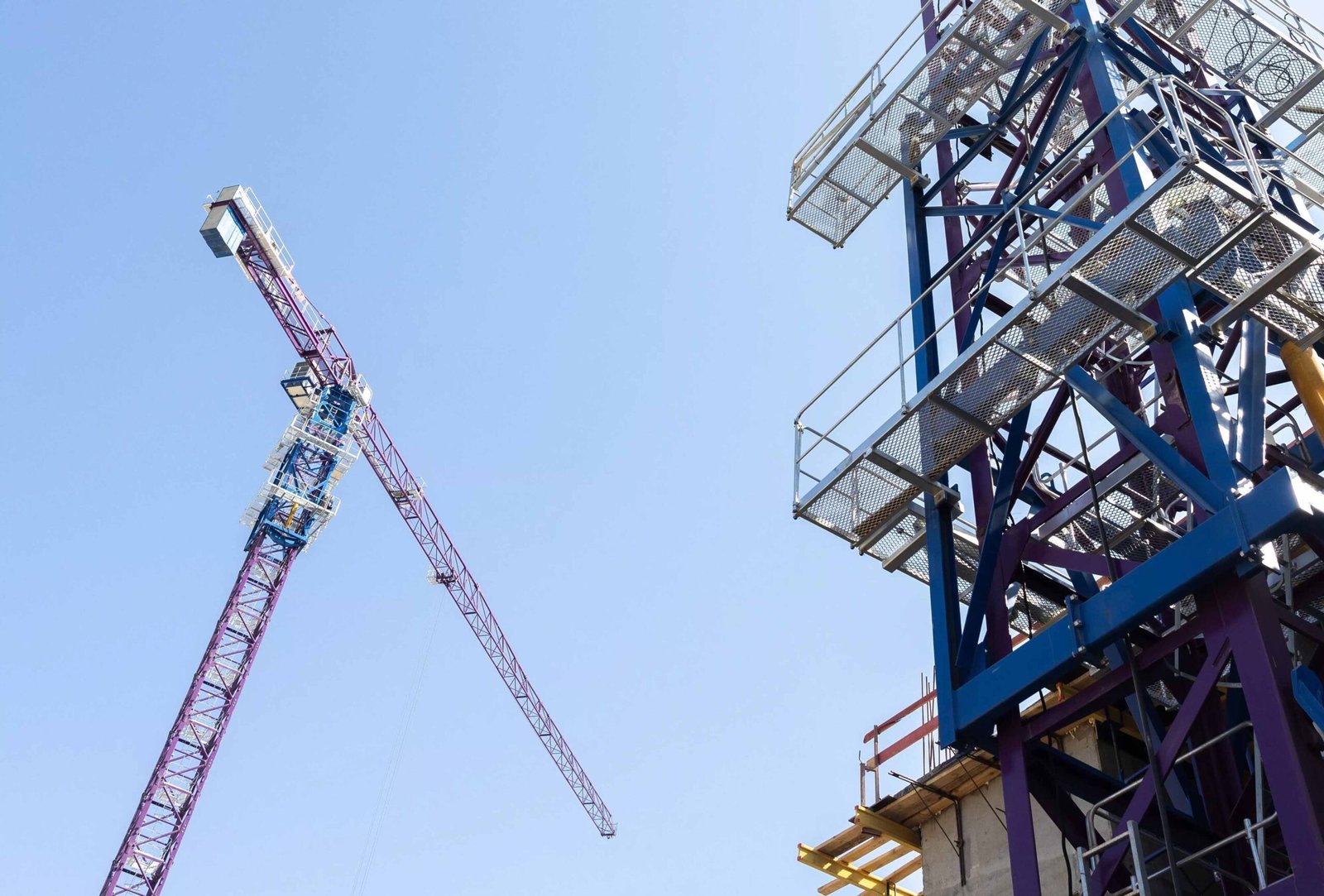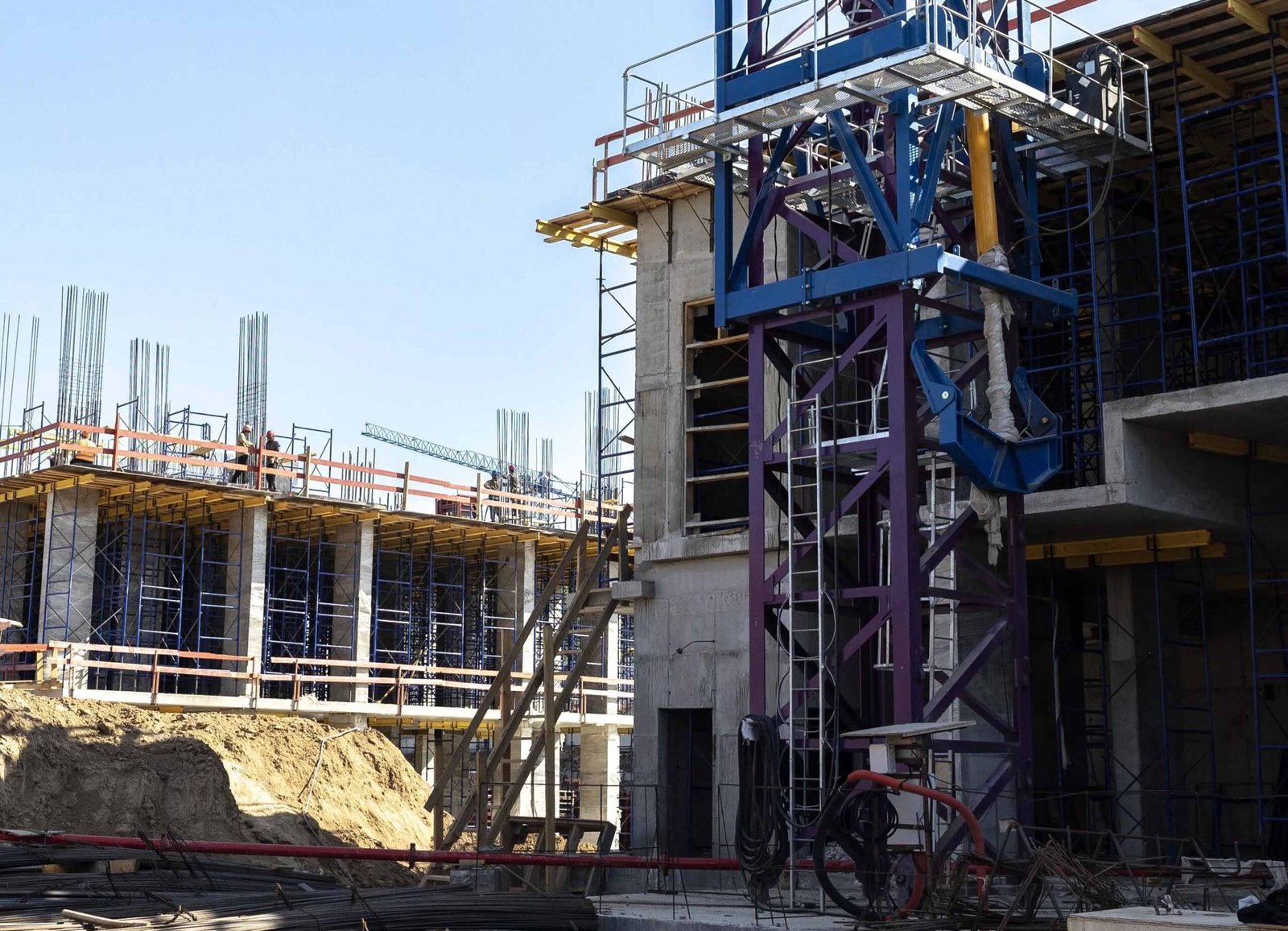
In construction, the size of a crane can impact its operation, but does bigger always mean easier? Many people assume that larger cranes are easier to operate due to their size and capacity, but is that really the case? The reality is more complex. While large cranes offer tremendous lifting power and stability, they come with their own set of challenges. In this article, we’ll explore how the size and height of cranes affect their operation, stability, and ease of use.
Larger cranes may have greater capacity, but they can be harder to operate due to their complexity, height, and mobility restrictions.
When it comes to crane operation, size matters—but not always in the way you might think. Larger cranes often require more training and experience to operate. Despite their impressive lifting capabilities, these cranes can be less flexible in certain environments. Let’s explore how different crane sizes impact ease of use, and what factors influence their stability and functionality.
Which Crane Is Easier to Move?

When considering crane operation, one of the biggest factors is mobility. Is it easier to move a large crane or a smaller one? As cranes get larger, they become more specialized, which can make them more difficult to move from one location to another.
Smaller cranes are generally easier to move due to their lighter weight and more compact design, while larger cranes require more logistical planning.
The larger the crane, the more complex its mobility becomes. While smaller cranes, like mobile cranes1, can be driven across construction sites easily, larger cranes often require disassembly and the use of heavy-duty transport equipment. Cranes such as tower cranes2 and crawler cranes3 are not designed for easy relocation, and moving them can require additional time, effort, and resources. Smaller cranes, on the other hand, can be driven with minimal hassle.
Crane Mobility Comparison:
| Crane Type | Ease of Movement | Special Considerations |
|---|---|---|
| Smaller Cranes | High | Easier to drive and relocate |
| Larger Cranes | Low | Requires disassembly, transport logistics |
Does the Height of the Crane Affect Its Function?

As cranes get taller, does that affect how they function? The height of a crane plays a significant role in its ability to perform certain tasks. However, the taller the crane, the more challenging it becomes to operate efficiently.
Taller cranes can lift higher loads, but they are also subject to wind and balance issues that complicate their operation.
Height affects the crane’s lifting capabilities, with taller cranes being able to lift materials to greater heights. However, as the height increases, so do the challenges. For example, taller cranes are more affected by wind4, which can reduce their stability. They may also require more time to set up and additional safety precautions to ensure they don’t tip over or sway uncontrollably. While taller cranes can provide advantages, they also present unique operational hurdles that smaller cranes do not face.
Height and Crane Functionality:
| Crane Height | Functionality Impact | Challenges |
|---|---|---|
| Short Cranes | Limited lifting height | Easier operation |
| Tall Cranes | Greater lifting height | More wind resistance, complex setup |
Which Crane Is More Stable and Why?

Stability is crucial for crane operations, and larger cranes often have the advantage when it comes to handling heavy loads. But does bigger always mean more stable?
Larger cranes are more stable due to their size, counterweights, and robust design, but they are still affected by external factors like wind.
In general, larger cranes are more stable because they are designed to carry heavier loads, have better counterbalancing systems, and have a larger base of operation. Their increased weight and width contribute to stability, especially when lifting heavy materials. However, external factors like wind, ground conditions5, and the height of the crane can still affect stability. Smaller cranes, while easier to move, may not provide the same level of stability in high winds or when carrying extremely heavy loads.
Stability Comparison by Crane Size:
| Crane Size | Stability | Stability Factors |
|---|---|---|
| Smaller Cranes | Less stable | Affected by wind, loads |
| Larger Cranes | More stable | Greater counterweights, larger base |
How Do People Move Big Cranes?

Moving a large crane isn’t as simple as driving it down the road. These heavy-duty machines require careful planning and specialized equipment to transport them from one site to another.
Moving large cranes requires disassembly, cranes, and trucks to transport different parts to the new site.
When moving large cranes, the process typically involves disassembling the crane into smaller, manageable parts. The tower section, jib, counterweights, and other components are carefully taken apart and then transported using trucks, cranes, and other equipment. In some cases, cranes such as crawler cranes are used to move large components on-site, while flatbed trucks and specialized trailers are used for long-distance transportation. Large cranes are often moved by a combination of vehicles, each carrying a part of the crane to the new site.
Steps for Moving Large Cranes:
- Disassembly: The crane is broken down into smaller components.
- Transportation: The parts are moved using trucks, flatbeds, or other transport vehicles.
- Reassembly: At the new location, the crane is reassembled using smaller cranes or other lifting equipment.
| Step | Description | Equipment Used |
|---|---|---|
| Disassembly | Break the crane into parts | Cranes, cranes, tools |
| Transportation | Move parts to the new site | Trucks, flatbeds, trailers |
| Reassembly | Put the crane back together | Smaller cranes, hoists |
Does the Height of a Building Affect Its Stability?

It’s not just the crane’s height that impacts its stability; the height of the building being constructed also plays a role. How does the height of the building affect the crane's function and its stability?
The taller the building, the more wind resistance a crane faces, which can affect its stability during operation.
The height of a building being constructed can significantly influence the stability of the crane used on the site. As the building height increases, so does the wind resistance and sway that a crane faces. Taller buildings may require cranes with greater stability and flexibility, such as luffing jib cranes6, to counteract these challenges. Additionally, the height of the building affects how the crane operates, as taller buildings need cranes that can lift heavier loads at greater heights, requiring cranes with specific features for safety and efficiency.
Building Height and Crane Stability:
| Building Height | Crane Stability Impact | Factors to Consider |
|---|---|---|
| Short Buildings | Less wind resistance | Standard cranes can be used |
| Tall Buildings | More wind resistance | Requires larger, more stable cranes |
Conclusion
While larger cranes provide increased lifting capacity and stability, they also come with their own set of challenges. Larger cranes are harder to move, more complicated to operate, and can be affected by external factors like wind. Smaller cranes, while more mobile, may not offer the same level of stability, particularly when handling heavy loads. Ultimately, the size of the crane should be chosen based on the specific needs of the project, taking into account factors like building height, load capacity, and site conditions.
-
Learn about the versatility and mobility of mobile cranes in construction. ↩
-
Discover the importance of tower cranes for large-scale construction projects. ↩
-
Find out why crawler cranes are crucial for challenging terrain and large projects. ↩
-
Understand the impact of weather on crane performance and safety. ↩
-
Explore how different ground conditions impact crane operations. ↩
-
Learn about the benefits of luffing jib cranes for tall building construction. ↩






